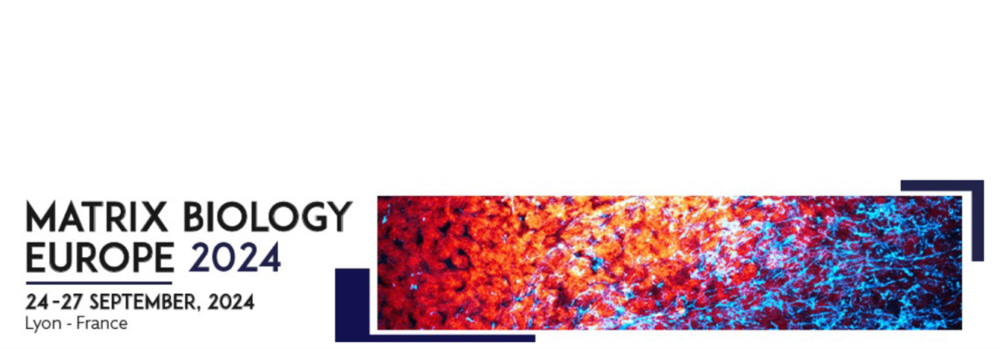Maroun Bou Karam, Joe El Khoury, Carole Chakar, Sylvie Changotade, Didier Lutomski, Nada Naaman, Gaston Godeau, Abdellatif Elm’selmi, Ronald Younes, Karim Senni
Abstract
Heparan sulfate glycosaminoglycans are key players of tissue repair and can be regarded as useful compounds for regenerative medicines. Unfortunately, their therapeutic uses face many technical, industrial, and regulatory hurdles due to their animal origin. So, some non-animal sulfated polysaccharides mimic heparan sulfate properties and offer interesting solutions to replace them. Among them, dextran derivatives, seaweed polysaccharides, or marine bacterial polysaccharides are the best known and have demonstrated their pro-regenerative capabilities
by promoting both extracellular matrix structuring and angiogenesis and limiting degenerative processes such as inflammatory cell migration or tissue proteolysis. These polysaccharides have also shown their ability to specifically promote osteoblastic differentiation and bone wound healing. Furthermore, recent works shows that heparan-mimetics can be used as an additive to improve the cytocompatibility of bone substitutes commonly used in periodontal surgery. The use of these polysaccharides can be regarded as a clever approach to improve the
biointegration of bone substitutes.
